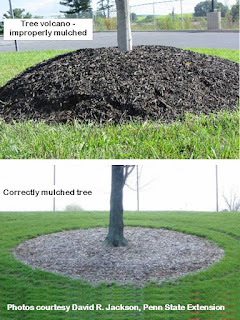April is
National Cancer Control Month and an excellent time for Rebecca Skloot’s highly
acclaimed “The Immortal Life of Henrietta Lacks.” As Henrietta lies
dying in a colored ward at Johns Hopkins Hospital in 1951, cancer cells are
harvested without her or her family’s knowledge. Starting in 2000, Skloot spent
ten years researching the science and, reaching beyond the cells with a
stunning combination of science and compassion, now tells us about Henrietta’s
life and her disenfranchised family.
This is the true story of the poor, African-American woman whose cancer cells became the only human cells for many years that did not die in cultures. Named HeLa (HEnrietta LAcks), they were used by scientists in breakthroughs from vaccines to cloning and gene mapping and fostered a multimillion dollar industry.
Windy weather brings out kites but Geraldine McCaughrean sends people aloft with them in “The Kite Rider.” Beginning when 12-year-old Haoyou watches as his father is strapped to a kite, sent aloft to forecast a cargo ship’s fortunes, then falls to earth dead, the story continues at a steady pace.
It follows Haoyou as he takes to the skies as a kite rider, his adventures carrying the action. But it is the interesting characters around him – Mipeng the medium, the evil menace Di Chou, the Jade Circus’ master Jie, as well as the great Kublai Khan – who add depth to the story.
The author brings readers into the sky with Haoyou, into the crowd of circus spectators and into Kublai Khan’s court. Although recommended for ages 10-14, the well-written description of 13th century China’s everyday life, culture and customs will please readers beyond that limit.
Rebecca chose the blood red rhododendrons blooming outside the Manderley estate’s morning-room each spring. If you enjoy mysteries, psychological thrillers and love stories, “Rebecca” by Daphne du Maurier has it all.
Memories of Maxim de Winter’s first wife Rebecca not only inhabit Manderley but drive the young new wife to try to fill the fashionable shoes of her predecessor and secure her husband’s love. After a short courtship and little knowledge of Maxim’s past, her attempts fall short, often blocked by the diabolical housekeeper Mrs. Danvers, herself obsessed with the dead Rebecca.
Du Maurier created a page-turner, adding intriguing characters that pop up in the twisting plot and providing a satisfying, if surprising, ending.
All books are available at the Franklin County Libraries.
~ Carol Kagan
**********
























